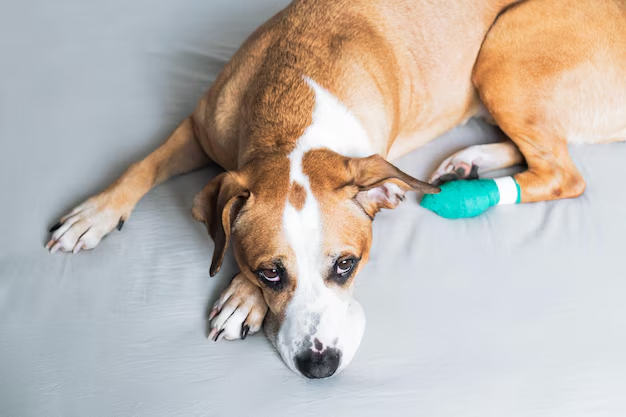How Can You Help Your Dog with Incontinence? Discover Effective Solutions
Dealing with incontinence in dogs can be challenging and emotionally taxing for any pet owner. Whether your furry friend is experiencing occasional accidents or persistent issues, understanding how to manage this can vastly improve your dog's quality of life—and yours. Here's a practical guide to help you navigate this sensitive subject and explore additional resources that may benefit you and your pet.
Understanding Incontinence in Dogs
Incontinence is the involuntary leakage of urine, and it can arise due to various factors, including age, urinary tract infections, spinal injuries, hormonal imbalances, or congenital defects. Identifying the cause is the first step in treatment.
Common Symptoms
- Wet spots where your dog sleeps or rests
- Dribbling urine
- Excessive licking of the genital area
- Discomfort or distress
Steps to Treat Dog Incontinence
Vet Consultation
Consult a veterinarian as soon as you notice symptoms. A vet can perform essential diagnostic tests to determine the underlying cause, such as:
- Blood tests
- Urine culture
- Ultrasound or X-ray imaging
Medications and Treatments
Post-diagnosis, your vet may recommend various treatments:
- Prescription medications to strengthen bladder muscles, such as phenylpropanolamine (PPA).
- Hormonal therapy for spay-related incontinence.
- Antibiotics for urinary tract infections.
Dietary Adjustments
- Hydration: Ensure your dog has constant access to fresh water to help maintain a healthy urinary system.
- Specialized diets: Consider a veterinarian-recommended diet to manage bladder health issues.
Home Management Techniques
- Dog diapers: An immediate solution to prevent accidents indoors.
- Frequent breaks: Regular bathroom breaks can help manage symptoms.
- Waterproof bedding: Protects furniture and keeps your dwelling clean.
Alternative Treatments
- Acupuncture and chiropractic care may improve some cases of incontinence.
- Herbal supplements are available but should be used under veterinary guidance.
Exploring Broader Care Options
Managing the costs of veterinary care can be overwhelming. Besides looking for ways to treat incontinence, consider these financial resources:
Financial Resources and Support
- Pet insurance: Offers coverage for various health issues, potentially easing financial burdens.
- Non-profit organizations: Many groups provide aid for specific conditions.
- Veterinary office payment plans: Some clinics offer installment options for high-cost treatments.
Consider Financial and Educational Support
Caring for a pet with incontinence can place unexpected demands on your household budget. Exploring financial assistance can alleviate some of this pressure, while educational programs can guide you in making informed decisions. Here are some ideas:
- 🏦 Pet Financial Aid: Available through many veterinary clinics and non-profit organizations.
- 📚 Educational Grants: Consider courses or seminars focused on pet health and management.
- 💳 Credit Card Solutions: Seek low-interest options for medical expenses.
- 🌟 Community Support Groups: Join forums and local clubs to share experiences and solutions.
Taking the time to explore these options can not only help address your immediate needs but also provide long-term solutions for you and your pet’s well-being.

Related Topics
- a Patient You Are Caring For Uses Incontinence Briefs
- Are Incontinence Products Tax Deductible
- Are Incontinence Supplies Covered By Medicare
- Are Incontinence Supplies Tax Deductible
- Can a Bladder Infection Cause Urinary Incontinence
- Can a Kidney Stone Cause Incontinence
- Can a Urinary Tract Infection Cause Incontinence
- Can a Uti Cause Incontinence
- Can Constipation Cause Incontinence
- Can Constipation Cause Urinary Incontinence